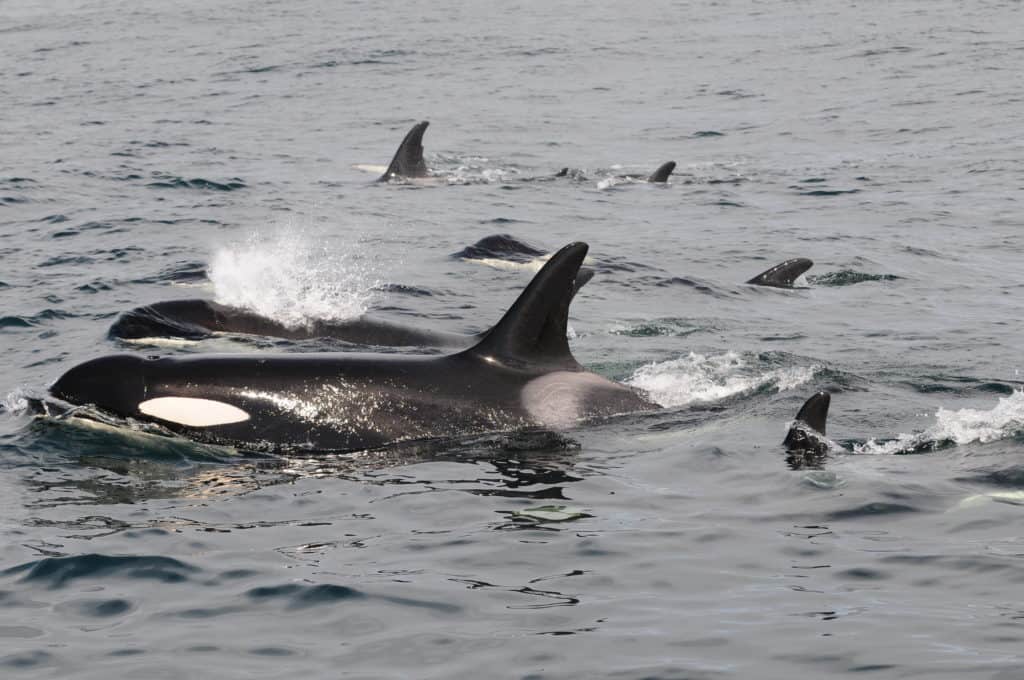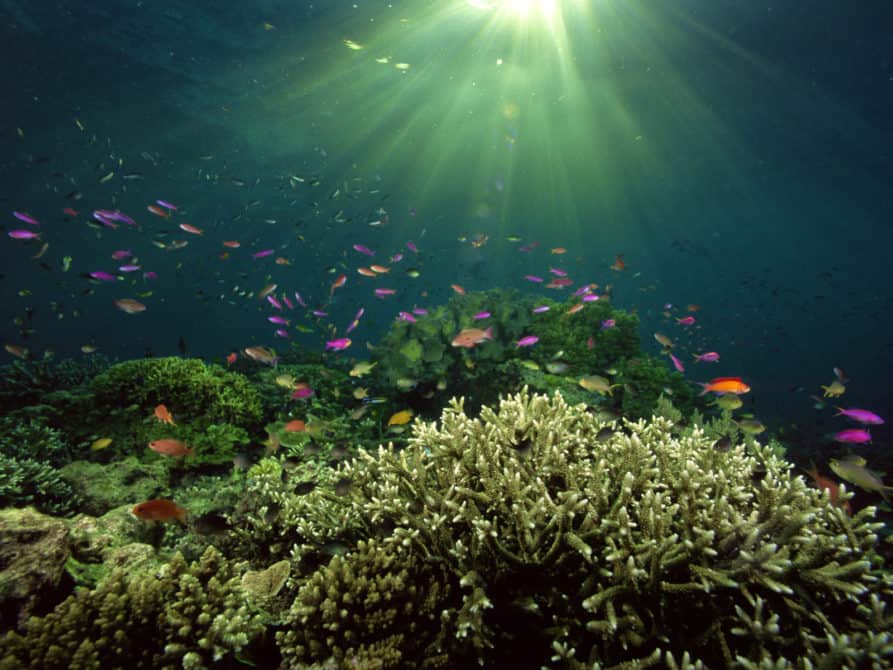
The Ocean Supports Diversity
70% of the Earth’s surface is covered in water. 97% of that water is ocean. In the ocean, there can be found a huge variety of different organisms, plants, and animals alike.
This diversity is connected and interacts through the ecosystem food web and trophic pyramid.
A food web demonstrates how each species is connected through predator and prey relationships.
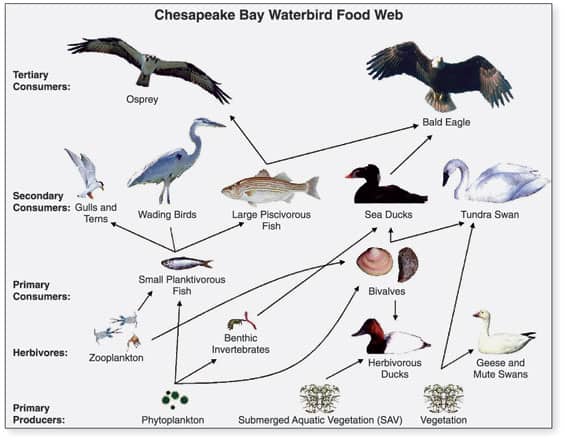
The trophic pyramid demonstrates how energy and nutrients move through the ecosystem in a kind of pyramid hierarchy. Energy is passed up the food chain with loss of heat energy and loss of biomass at each trophic level.
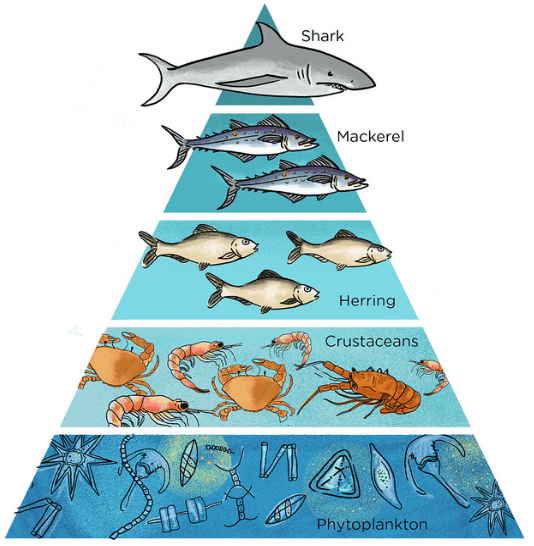
Microbes, including photosynthetic bacteria and micro-algae, make up most of the biomass in the ecosystem. They are the base of almost all ocean food chains. Marine microbes are globally important in cycling elements like nitrogen, carbon, and oxygen through the food web.
The ocean ecosystems, where this diversity thrives, are defined by the environmental abiotic factors: dissolved oxygen, temperature, and salinity.
Dissolved oxygen: the amount of oxygen that is dissolved into the water. It is measured in milligrams per litre (mg/L). Oxygen gets into the water in a number of different ways. Oxygen will dissolve from the atmosphere and mix with the surface of the water. Algae and other photosynthetic plants produce oxygen as a result of photosynthesis. The movement of waves and wind help to distribute this oxygen.
This amount of dissolved oxygen is heavily influenced by temperature. When the temperature is higher, the oxygen dissolves at a lower rate. This means that warmer water holds less dissolved oxygen than cold water. Dissolved oxygen can also be limited by too many nutrients in the water (called eutrophication) which can lead to algae blooms. When the leftover algae die and sink to the bottom, they are decomposed by bacteria that consume oxygen in the process.
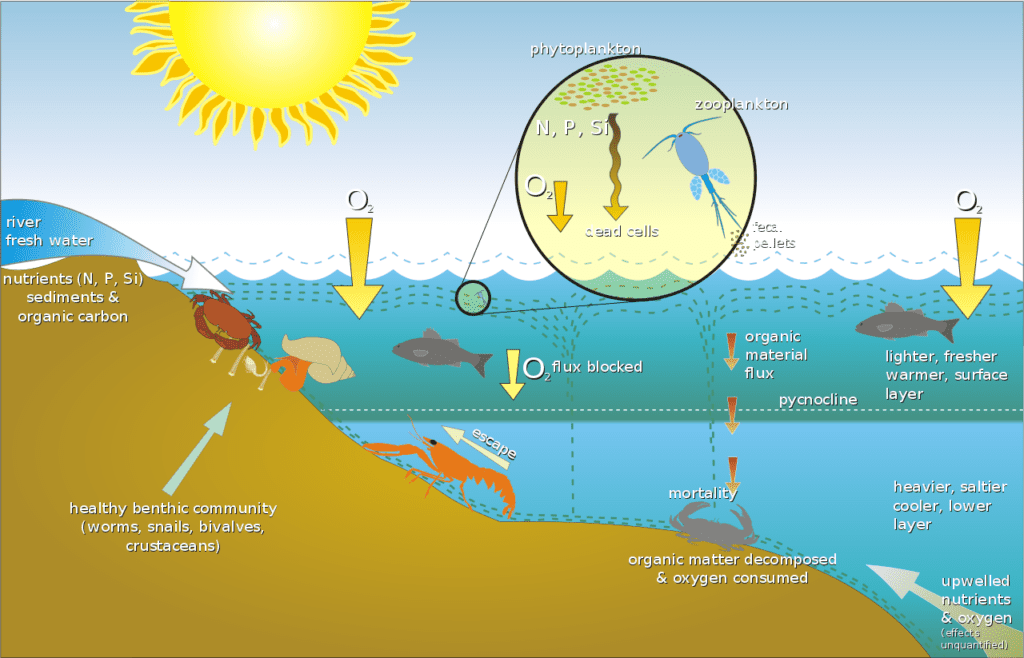
Temperature: the temperature of the water is critical to evaluating it’s health. Just as with pH, organisms have a temperature range in which they are adapted to living. By knowing the temperature, we can determine which organisms can best survive in a given environment based on their home range, the range they are adapted to survive in.
We can also determine how much dissolved oxygen is in the water based on the temperature. When the water is warmer, the amount of oxygen that can be dissolved in the water decreases. Therefore, there is less oxygen in warmer water.
Salinity: this is the measure of the concentration of salt in the water. In the ocean, it is usually constantly between 30 to 35 ppt (parts per thousand). Salinity can vary depending on the location and temperature. Estuaries, for example, are where the ocean and rivers meet and mix. Salt content in estuaries varies depending on the whether it is a saltwater or freshwater estuary. Local geology high in soluble materials, like carbonate, are another natural factor that may influence salinity. Unnatural factors such as fertilizers from agriculture, sewage, road runoff with automobile fluid, and de-icing salts can all influence salinity.
Organisms are specifically adapted to survive in a specific range of salinity. Animals adapted for freshwater could not survive in the salty ocean, and vice versa. Additionally, too much salinity in a body of water means that no organisms could survive.
Ecosystems are also defined by the zonation patterns that define them, and influence organism distribution and density. One of the strongest examples of this is the intertidal zone found on a coast line. The zonation is created by the tides, wave and substrates that affect each level of the intertidal zone.
There is another type of zonation that can occur due to changes in temperature which can potentially be very dangerous for an ecosystem.
Stratification occurs when cold dense salt water and less dense freshwater mix, creating two separate layers with the freshwater on top. This is natural to see in places like an estuary, where the freshwater river meets the ocean. Stratification can create two separate zones in the same geographical location because of this difference in temperature. It can however, cause algae to increasingly grow due to nutrient overload, and the lower colder habitat to collapse.
Stratification can also be caused by a difference in temperature, when an extreme difference in heat can cause the formation of distinct, non-mixing layers of water. This stratification causes chemically and biologically different regions in one area of water.
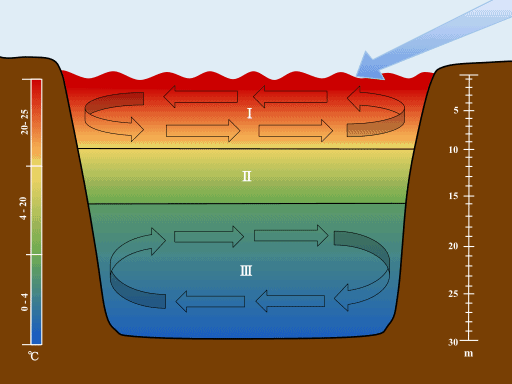
Diversity leads to unique relationships between organisms, such as the crab and the sea anemone working symbiotically to survive.
Diversity is also influenced by the geographic location of the ecosystem. Organisms develop unique adaptations to best survive in their given environment, and this is most evident in the case of extreme environments. Mammals that call the Arctic their home are an excellent example of the diversity that may arise under environmental pressures.
Biodiversity is the natural insurance policy in a world that is continually changing, often in dramatic and unpredictable ways.
With this knowledge, humans can work together to achieve the United Nations Sustainability Goals. With our understanding of the ocean, we can work towards the goals.
14.1 By 2025, prevent and significantly reduce marine pollution of all kinds, in particular from land-based activities, including marine debris and nutrient pollution
14.2 By 2020, sustainably manage and protect marine and coastal ecosystems to avoid significant adverse impacts, including by strengthening their resilience, and take action for their restoration in order to achieve healthy and productive oceans
14.3 Minimize and address the impacts of ocean acidification, including through enhanced scientific cooperation at all levels
14.5 By 2020, conserve at least 10 per cent of coastal and marine areas, consistent with national and international law and based on the best available scientific information
Posted January 17, 2022 by Meighan Makarchuk
